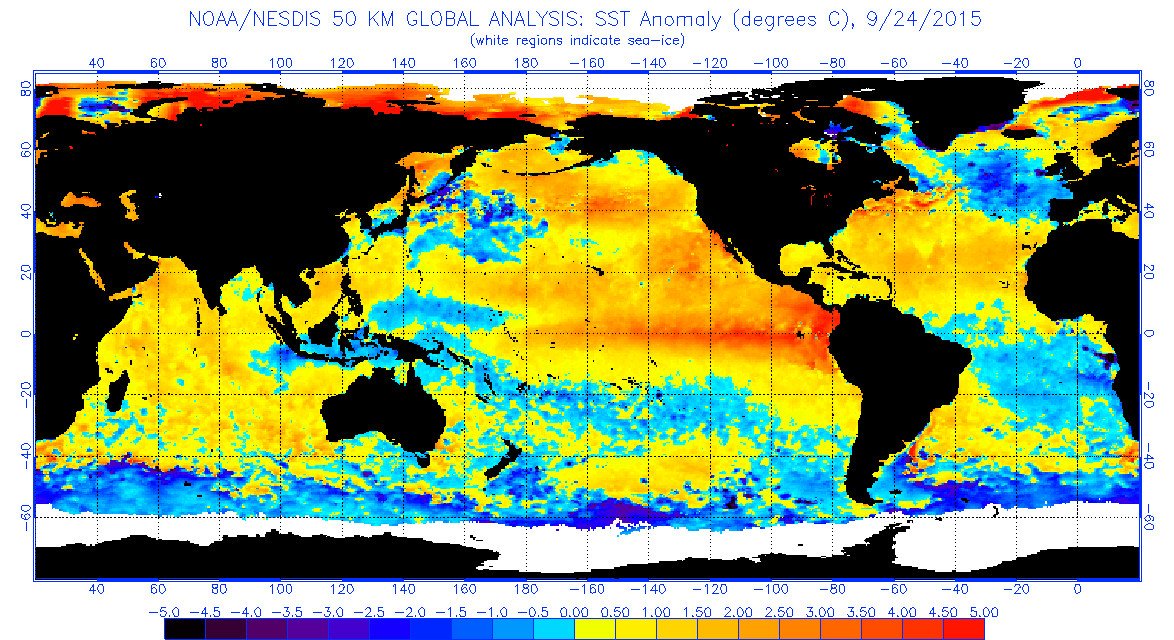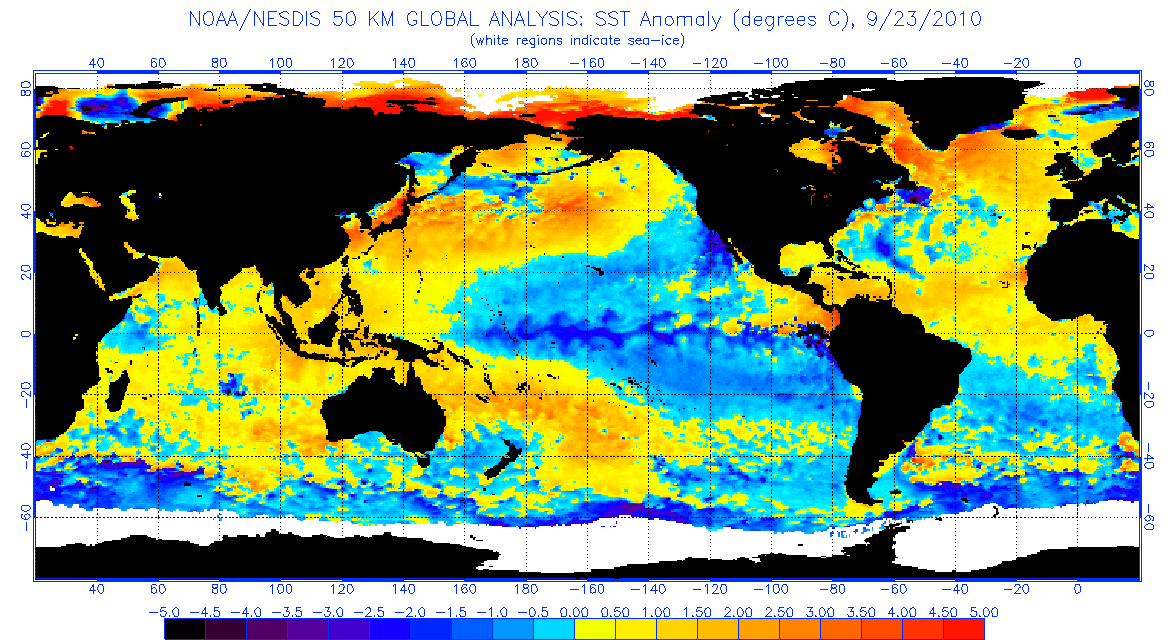Windless Nights
Tonight, wind energy in Ireland is at 21MW, a capacity factor of 0.8% :
England is not doing much better with 420MW, a capacity factor of 3% :
But surely, if we had an interconnector to France we could import wind from there ?
Well the problem is there is not much wind blowing there either. Interestingly, they have more wind energy than Ireland has with 1,854MW and a capacity factor of 18.5%. So much for the idea that Ireland has the best wind speeds in Europe :
But this is only 3% of electricity demand in France which means they don't have any surplus wind energy to export to anybody.
Nuclear power is providing 75% of their electricity demand so if we had an interconnector to France we would be importing mostly nuclear power (we currently import nuclear power from the UK). But oddly enough, there is still a superstitious fear of nuclear power in Ireland, although we are happy to import it from other countries.
Total wind capacity for the three countries is 25GW, at let's say, an average cost of €1 million per MW. This means that € 25 billion worth of energy infrastructure is producing just 9% of its rated output, contributing a grand total of 2% of total electricity demand (at 104GW) for these nations. This is what happens when Governments run loose with their people's money and bypass the legal assessments that could have prevented this waste of money.
The EU's single currency has failed, their Schengen Agreement has failed, and their plans for an energy union based on intermittent renewables is failing. It is time for a re-think.
Cold Seas
There is currently a very cold body of water in the Atlantic around Ireland :

If we compare this to 2010, one of the coldest winters in recent history, the seas were much warmer back then at this time of the year :

It seems a good possibility that we are in store for a very cold winter with low winds.
Things could get interesting.



The big difference between 2010 and 2015 is that we are now in a less active SOLAR CYCLE. A Spanish Study a number of years ago predicted lower wind speeds for north western Europe if the North Atlantic Oscillation turned negative. So we could be seeing a negative North Atlantic Oscillation coupled with a less active solar cycle. This coupled with the fact that there is an over 80% correlation in wind speeds over Western Europe. Interesting times ahead
ReplyDeleteThe whole idea of using varying weather conditions for useful activities is that the activities must be capable of being scheduled to the weather. In Ireland (south Monaghan) we get about 40 days of hot weather once every two years and people go swimming in Greylone lake. We normally get a dry (varying temperature) for a 4 week period between late May and mid July which allows farmers cut the silage. This year there was no quality hay saved because the weather turned wet in early July. Next year there will hopefully be hay saved. Turf (peat fuel) is saved (this year the wet July caused it to run late). These activities need firm ground and a lack of rain for a series of consecutive days. Contractors only make their money during these periods.
ReplyDeleteThe mains electricity system must have reliable continuous generators every 1/50th of a second, every second, every minute, every hour, every day of every year. Blackouts for domestic consumers must be the exception and if they happen with industry, such as concrete mixing, smelting or glass making, they can be disastrous. There are very few other services which require continuous operation. The human heart must do it, there is usually a police and fire service. but most activities are intermittent. Most cars are parked up 80% of their time at least, but when needed they must start and run. If there is a doubt that a car will not start, its utility declines to a point where it must be replaced or a second car bought. This is why all electrical generators are measured by their credit capacity on a continuous run basis. Credit capacity = the amount of other generating capacity that can be shut down and replaced by the one being measured without endangering supply.
If an undiagnosable failure causes your car to refuse to start 1 day out of 10 and if it can't be fixed, you can buy a second reliable car to be there for a back up. If you do that why keep the faulty car at all? It is sometimes claimed that weather forecasting solves the problem. The forecast must be positive, i.e. the forecaster must be able to guarantee strong winds for a stated period and this period must be long enough to allow heavy plant to turn off. A negative forecast, is not defined as a likelihood of poor winds, it is better defined as a period during which the forecaster cannot guarantee strong winds. About one year out of 4 in Northern Europe, we get strong reliable East winds. These are the only reliable positive forecasts, for about one month in 4 years. If weather forecasters are going to be used for wind generating planning, the forecaster will have to take responsibility and compensate when they get it wrong. That will need specialist forecasters, probably with a financial derivative intermediary, This involves an extra cost loaded on consumers.
For those who are not technically minded, there is another and better way to check. We now have large amounts of wind generation installations in Denmark, Germany, Spain, Portugal, Holland, Ireland and Canada. Those without river hydro are the best examples. We should now be seeing the fossil fuel plant being shut down and decommissioned. Wind energy should now be cited as the reason for such shutting down. We should not be reading about blackout fears, we should not be seeing new coal fired power plants being built in the Netherlands and Germany and new nuclear plant being built in the UK. But we are not seeing this happening, wind is not performing. The Dutch did grind corn with wind mills, but the grinding was just a part of the production of that corn which could be scheduled for good winds, wind was never used where there was river hydro. Even then. farmers were reluctant to allow the miller store their corn pending the arrival of the wind. Millers had to be watched, less grain often came out than went in and some dodgy dealing was suspect with grain of quality being exchanged for poorer quality. Nothing has changed.
Good comment Val .... my next door neighbour #mountlucaswindfarm .. love it . Barry
ReplyDeleteThanks Barry. The British steel business is now under pressure. Redcar closed yesterday with the loss of 1,700 jobs. This is also a national security issue because steel is a defence component.
ReplyDelete